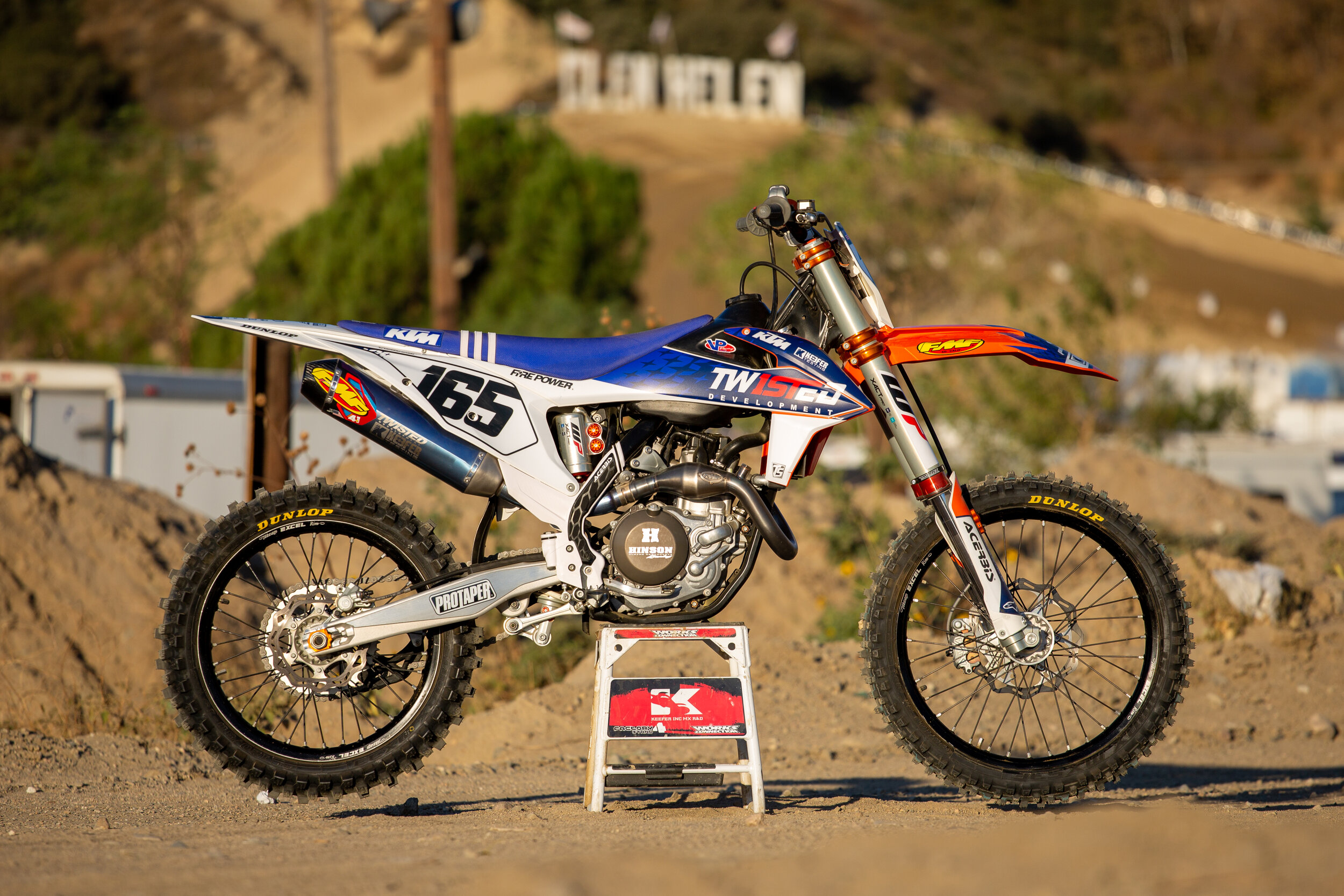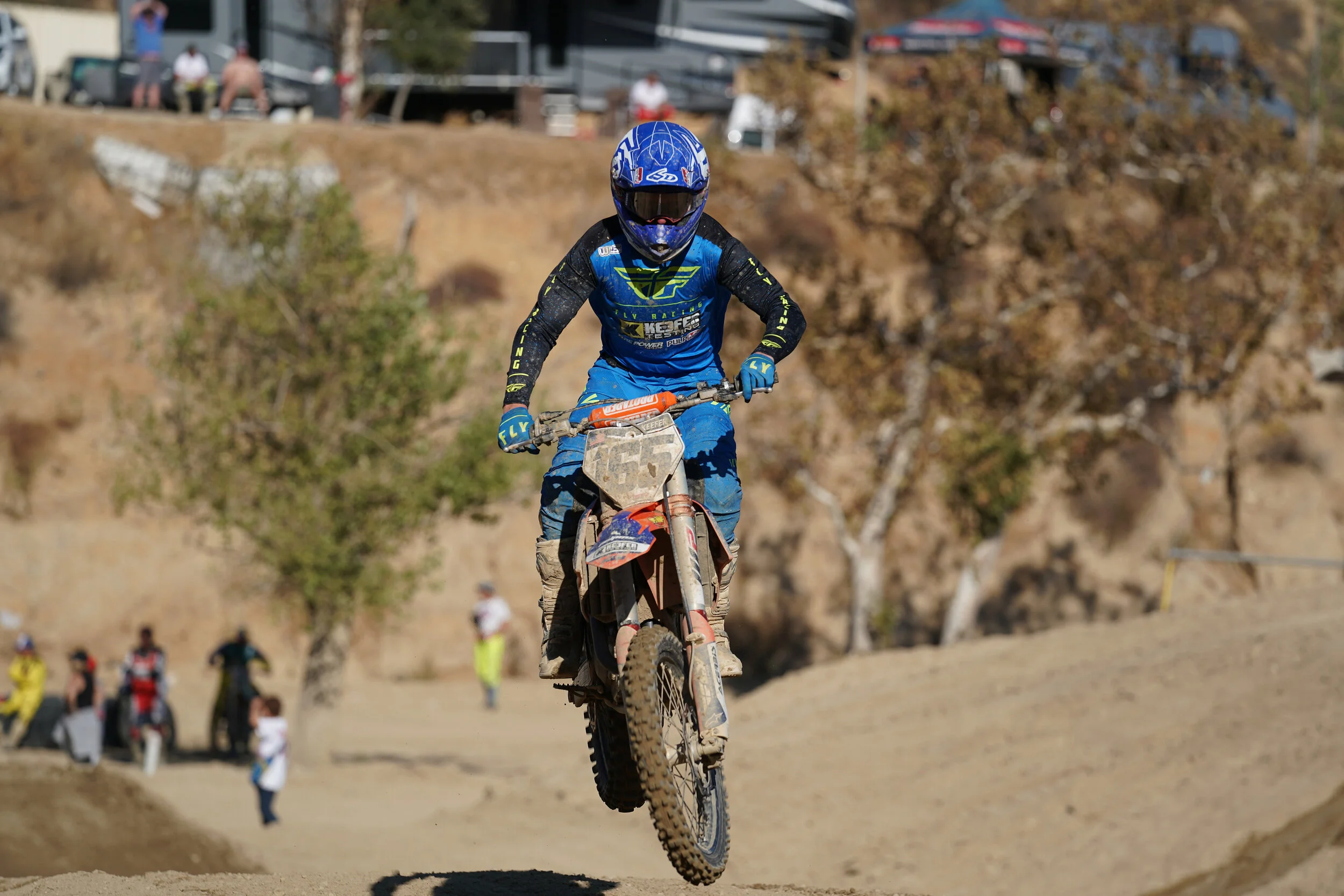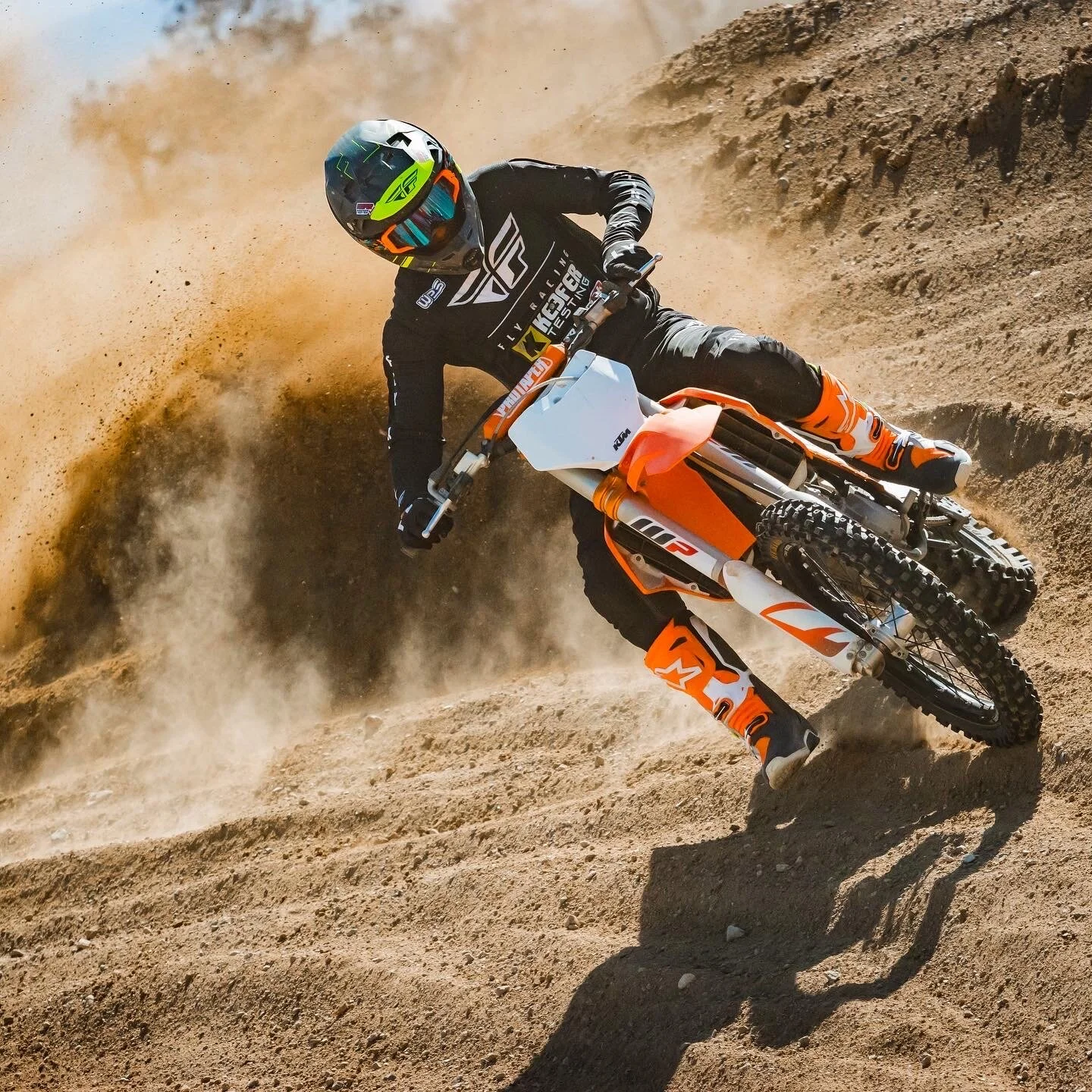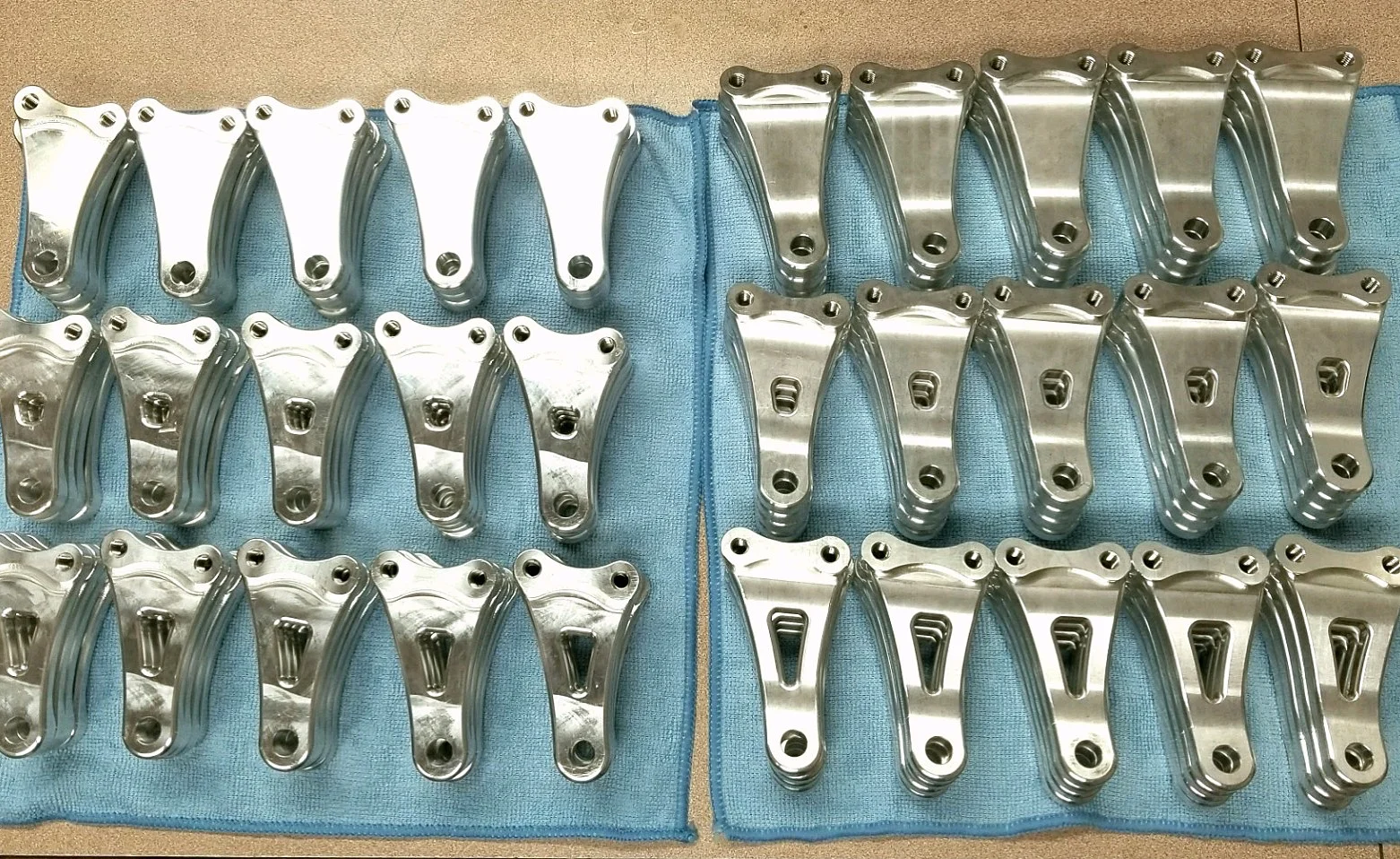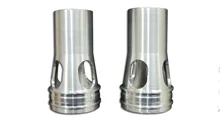Getting that comfortable feel as well as increased track toughness can be somewhat hard to find on the Husqvarna FC450. At least for me anyway. I can go to tracks that are soft and tighter and be completely happy with the Husqvarna and then go to a fast/choppy track that has more flowing corners and be confused on why this bike feels so different. I know a couple companies have been making different linkage ratios for the Husqvarna and KTM’s, but I wanted to try Ride Engineering’s performance linkage system on the FC450 to see if it actually improves upon the ride comfort on choppy tracks.
You might be saying to yourself, well what about the KTM Keefer? I do similar negative feelings on the KTM that I do on the white bike, but the Husqvarna does seem like it’s slightly more forgiving at times on rougher tracks. As you may already know this link also can work on the KTM, so if you’re on an orange bike, this test could also apply to you. I will be doing a full review on a couple different linkage systems (Ride Engineering/REP) on the KTM in the coming weeks, just to see if I can feel a difference between each.
So what exactly am I looking for here? Why is there a need for a different linkage ratio on this machine? Why didn't the R&D team at KTM/Husqvarna choose the ratio that Ride Engineering came up with in the first place? I will give you some insider knowledge on the R&D process a little before we dive into this test. Sometimes when OEM R&D teams test suspension, often there is a few linkages that the test riders have to weed through to see which one works best for a wide range of riders on said bike. Setting up a bike for the masses is not easy to do and most of the time the OEM’s choose a setting that is more of a “comfort setting” than a performance setting to offset the stiffness of the chassis. Comfort is needed on any new production motocross bike and getting a suspension spec that coincides with the correct linkage ratio as well as frame stiffness can be tricky. Not every bike benefits from an aftermarket linkage ratio, so don’t think you need a linkage on every bike on the dealer floor. If you’re happy with the feeling that you get when you ride your machine then try not to overthink it. JUST GO RIDE! If you feel what we are describing in this test then possibly a linkage could benefit you. If you DO NOT feel the things we are explaining in this test, you can simply disregard it and move on to something else you want to add to your FC450.
What I Want Out Of The Rear Of The Husqvarna 2020 FC450?
The rear of the Husqvarna FC450 feels somewhat rigid on acceleration chop and I can feel like my rear end is dancing around when hard on the throttle out of rough corners. I spent some days searching for some added traction/comfort by changing sag settings, spring rates and clickers, but came up empty handed. I also tried a WP Pro Component shock and that just exacerbated my problem a little more on acceleration, creating a firmer feel out of corners. Even though I had more hold up and less fade with the Pro Component shock, I wasn't happy with my acceleration feel.
What Did I Get Out Of The Ride Engineering Performance Linkage?
Ride Engineering recommends that you go up a spring rate with their linkage, but I wanted to try it with the stock 45 N/m spring rate as well as a 48 N/m. The Ride Engineering pull rods are 1.3mm longer than the stock rods and the knuckle is more progressive, so it ramps up different than the stock knuckle. Once installed and the sag was set to 104mm, I immediately felt slightly more comfort out of the rear of the bike on acceleration, but also noticed it being a little low for my liking in that area. On steeper jump faces or flat landings I felt like the shock bottomed and felt empty on high speed compression. After increasing the high speed compression, it helped a little on jump faces as well as helped the empty feel on slap down landings, but it hurt acceleration traction. I installed the heavier 48 N/m spring on, reset my sag, jumped back out on the track and was quickly greeted with a firmer feel, but the firm feel didn't translate into a harsher rear end like the stock linkage/spring had.
The rear of the Husqvarna stayed up in the stroke more out of corners, but also had a freer feeling to it, which increased my rear end traction. Another positive to the heavier rear spring/Ride Engineering linkage combo was that the control of the Husqvarna was better when hitting de-cel bumps at speed. At times with the stock shock/link, the Husqvarna would ride too low and have a sudden kick to the rear end that left me with a sensation of less control leading into corners. With the heavier rear spring and Ride link the initial braking bump feel was firmer, yet the FC450 moved less when getting to the fifth, sixth, and seventh braking bump into corners. I could hold on the throttle a little longer because I had more control as well as better action of the rear end. If there was a negative to the heavier spring/Ride Engineering link, I would have to say that it can make the Husqvarna a slightly slower cornering bike on initial lean, but to me I didn't mind the slight slower turn in feel. I know some of you may not like that, but if you find that this is bothering you then simply run your sag at 103mm and this can help initial turn in.
Like I mentioned above, I tried the WP Pro Component shock with the Ride Link set up and it gave me a similar feeling that the stock shock/Ride link set up did, but with even more hold up when ridden aggressively (of course that has something to do with the valving as well). I liked that with the Ride Engineering knuckle/rod set up of the FC450 felt less firm on acceleration and yet still had more control on de-cel bumps.
This Ride Engineering Performance Link is $449.90 and is available over at ride-engineering.com and fits current Husqvarna/KTM models.
If you’re a KTM owner and looking for a little comparison, stay tuned for a REP/Ride Engineering Performance Link comparison as both companies make a different knuckle ratio for the white and orange machines. Will I be able to feel the difference? Find out soon!




